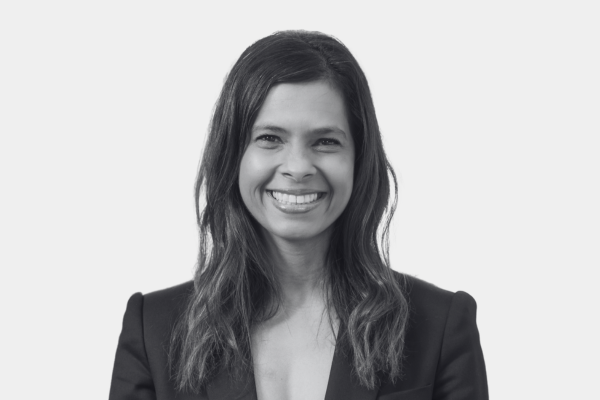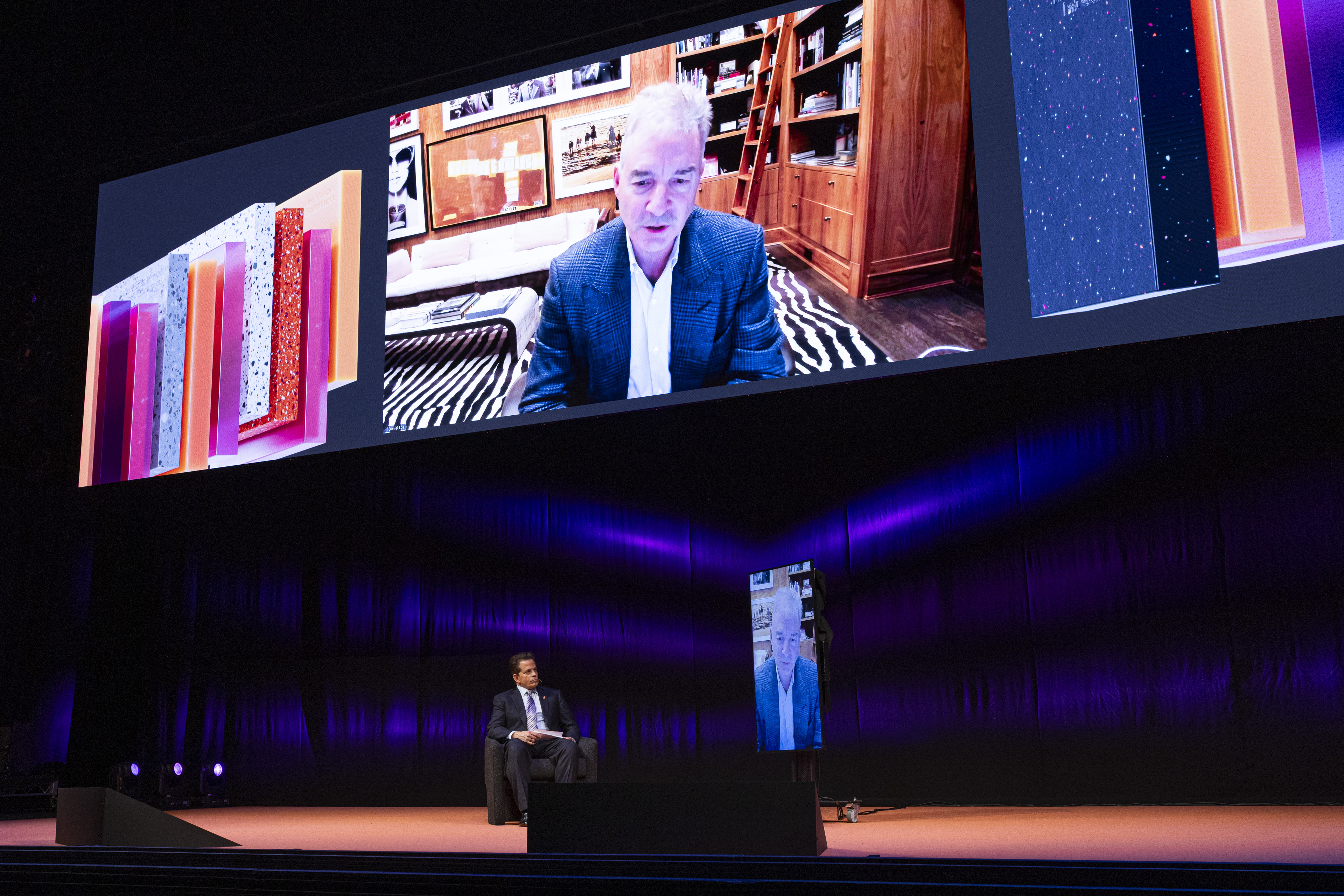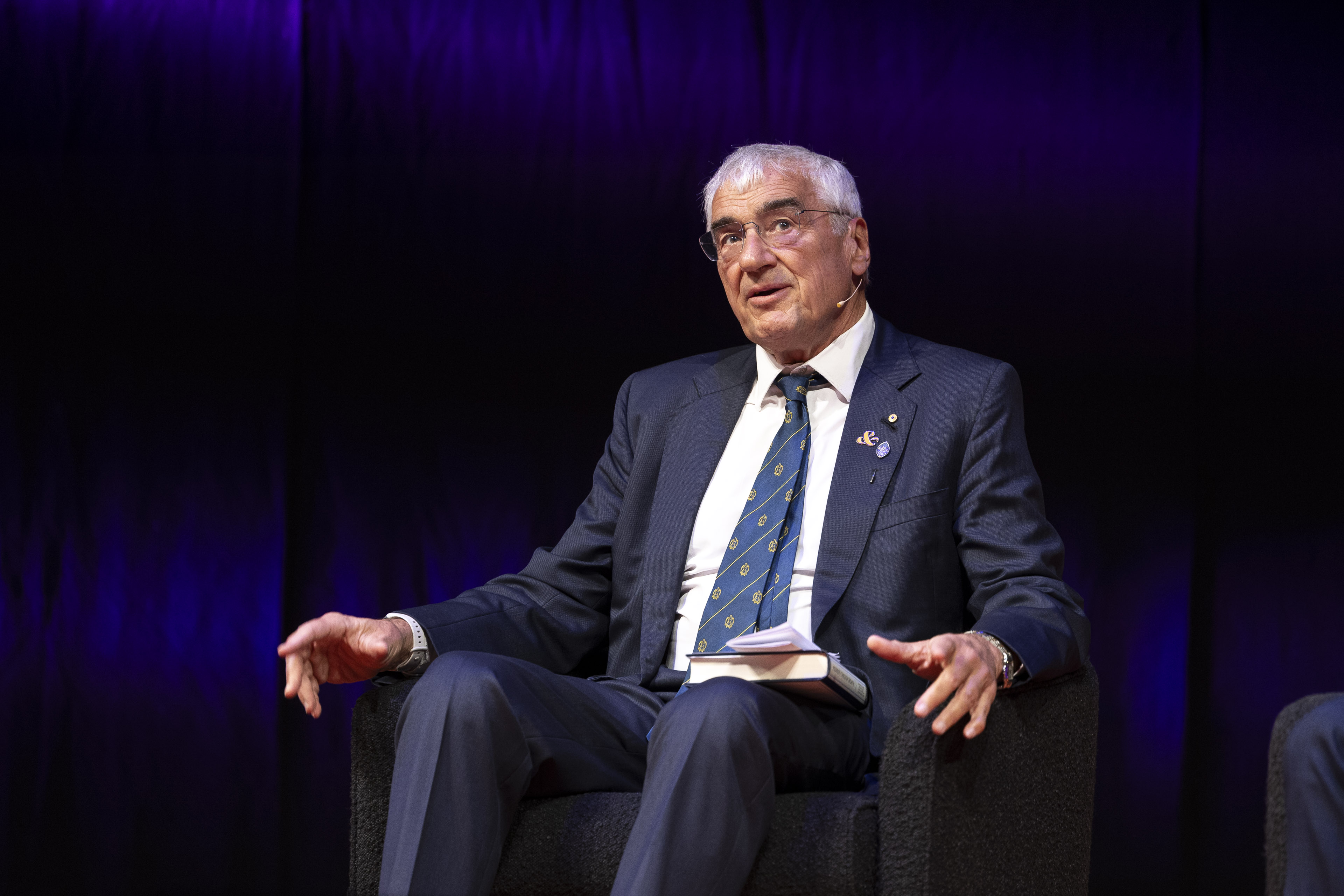The Future Fund, Australia’s $200 billion sovereign wealth fund, has been sounding the alarm on the developed world’s rising levels of debt, the prospect of higher inflation, and the risks in the bond market for longer than most.
But there are some early signs that we may be entering the next phase of bond market risk – where the faith in the United States’ ability to get its budget under control is lost and its already depleted financing base goes on strike.
“That’s an Armageddon scenario where everyone gets very worried,” The Future Fund’s chief investment officer Ben Samild told The Australian Financial Review.

The Future Fund’s Ben Samild warns of greater volatility in bond rates. Picture: Eamon Gallagher
Mr Samild shared his thoughts on the bond market – which underpins the returns of other assets – ahead of his appearance at Friday’s Sohn Hearts & Minds charity conference at the Sydney Opera House.
Those worries were evident last week after a weak auction of 30-year US government bonds triggered a spike in US bond rates. On Friday, Moody’s cut its outlook on the US Aaa credit rating. This week, it was a different story after lower inflation data triggered a sharp rally in bonds.
But bond bulls and bears now agree that the market has changed.
Traders had for years ignored the size of the US financing task and global investor capacity. But the US Treasury’s Quarterly Financing Announcements have now become an important data point, that can swing bond and equity markets.
“We haven’t seen 15 to 20 basis point moves in the most important market in the world, in a session, for many years,” Mr Samild said.
Return of the term
The US fiscal position, as measured by debt to GDP was “not particularly dire” but it was growing and there was little room to cut spending or lift taxes if the market does lose faith, he said.
While Mr Samild said a dour scenario in which the US “loses the curve” and yields shoot higher was by no means a base case for the Future Fund, it had to be “somewhat conscious of the risk of this” when building the portfolio.
What is more likely is that bond markets return to a more normal state that existed before the years of zero or even negative rates. Typically, buyers of long-term government bonds demand a higher return for the risk that inflation, and interest rates, could be higher than expected.
That additional return is known as the term premium. The decade long period of unconventional monetary policy was designed to crush it to zero to lower borrowing costs and steer capital into risky assets.
The absent term premium is now set to creep back into the bond market. Mr Samild said there were two main reasons why investors would demand extra compensation to buy government bonds.
The first is that he expects more volatility – and more volatility means more risk, and therefore more compensation in the form of a higher return.
The second reason is that US treasury bonds, which sit at the centre of the financial system, may no longer be the go-to investment in times of crisis, if that crisis is caused by supply and demand issues in the bond market.
“There is an unvirtuous circle, so the incentive to hold these assets goes away,” Mr Samild said. “Bonds have to compete on price and on return with every other asset.”
One of the reasons we can expect more volatility in the US bond market is because the buyer base of treasuries was shifting from strong hands to weaker ones, he noted.
The US bond market has traditionally relied on heavily foreign buyers, but they’re turning away for a number of reasons.
The seizure of Russia’s holding of US bonds has made foreign reserve managers with surpluses eager to diversify into gold and other assets.
Japan is still a buyer, but its domestic bonds are more attractive while its huge life insurance system’s demand is falling as they are paying out policies. The same goes for Taiwan, which has a gigantic life insurance industry.
World of pain
The US banks are in a world of pain because they bought too many bonds at the top of the market. And of course quantitative easing is turning into quantitative tightening as central banks shift from buyers to sellers of bonds. That leaves hedge funds running highly leveraged arbitrage trades as the marginal financiers of the deficit.
“As it goes into weaker and weaker hands, you just should expect to see more volatility,” said Mr Samild.
There are fundamental reasons why bond yields are likely to remain elevated, the CIO explained. With a wave of public and private sector spending looming, the possible productivity benefits and tighter labour markets, the world could “sustain quite a high real rate”.
But how high can bond rates go? A rule of thumb is that the long-term bond rate should reflect real GDP growth, the inflation rate and a term premium on top of that.
If inflation is around 3 to 3.5 per cent, real GDP is around 2 to 2.5 per cent and the market demands a term premium, a 10-year bond rate of between 6 per cent and 7 per cent is possible “without being crazy”.
“That is extremely different to what we’ve gotten used to over the last 15 years,” Mr Samild said.
Ben Samild will speak at Sohn Hearts & Minds at the Sydney Opera House on November 17. The Australian Financial Review is a media partner.
This article was originally posted by The Australian Financial Review here.
Licensed by Copyright Agency. You must not copy this work without permission.

















